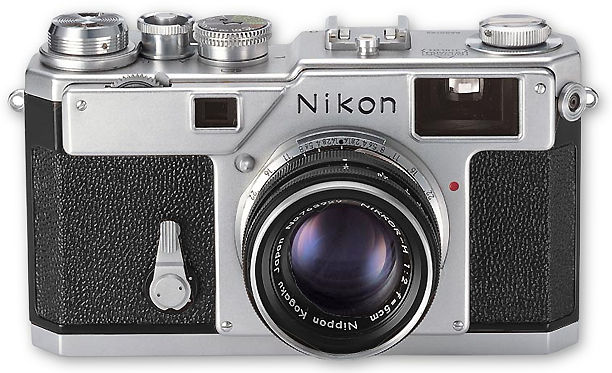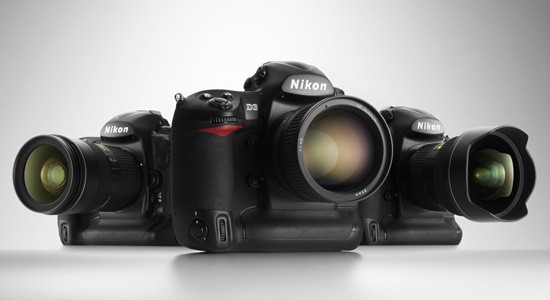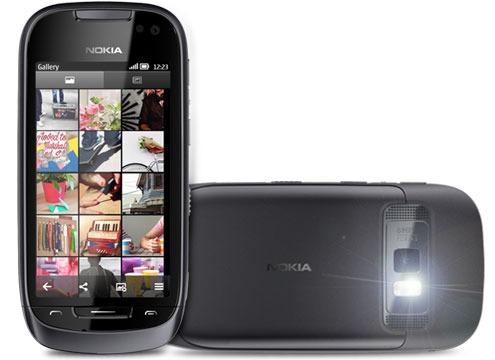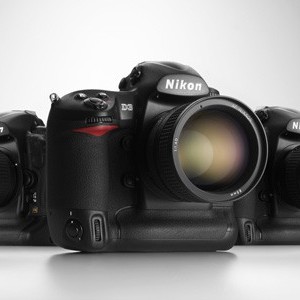Back in the 1960s all the way to the early 1990s, the analog camera, what used to simply be called a photography camera that produced photos on rolls of film, was the standard for anyone who wanted to take a picture. And when you thought about cameras, or even the films themselves, you would think about the Kodak Company. Indeed, Kodak is the firm that brought us the camera, and which dominated the industry for a long time. They were at the forefront of technology, and they became a huge enterprise, employing many hundreds of thousands of workers. But then, something happened. In the 1990s, the digital camera appeared, and various companies started to create point and shoot cameras. Those were not only smaller and more inexpensive, but created digital photos that were of good quality and much easier to deal with.

Kodak missed the boat on the consumer market, instead focusing on the pro market, but again, DSLRs slowly crept in, and the most hard core photographer eventually let his or her analogue film camera down for a digital one.

Ironically enough, a Kodak researcher first invented the digital camera, but in the end Kodak could not navigate the digital market, and now they are all but history. Now, we are in the digital era, and both point and shoot cameras and DSLRs for the pro market are very popular. However, some experts see yet another technological turn happening, which may once again change the way the camera industry works.Just a few years ago, no one would ever consider a phone to be a proper camera. When lenses were first added to phones like the Razor or low cost Nokia handsets, they were barely 2MPx or 3MPx, and had very small and poor lenses but now its a different story! But like any other part of technology, camera parts became smaller and cheaper. Now, an iPhone 5 or modern Android smartphone
has amazing lenses with up to 8MPx or more, LED flashes, and nighttime image correction technology. Right now, a modern smartphone can compete with point and shoot cameras so well that we see more and more people not even bother buying actual cameras; they simply use their phones. Already, image sharing sites like Flickr receive a lot more photos from phones than from cameras. Companies making these low end devices are feeling the pressure, and they are having trouble selling their new models, when a phone can do just as well, and has all of the other capabilities that a smartphone typically has.
So the question becomes, will the digital camera disappear?Right now, the answer is no.The reason lies in lenses.Even though cameras

have become ridiculously small, lenses are optical by nature. To get a good quality image, a professional shot, you need good lenses. You can get pretty good results with small lenses that fit in a smartphone, but at some point, especially if you want to zoom in, then you need the physical size to be bigger. Phones simply do not provide this capability, because they focus on being thin and small. A DSLR is used in conjunction with large lenses. So pro photographers still buy and use expensive digital cameras, and that will stay this way for a while. However, that’s not to say it will remain like that forever. Like anything else, technology allows us to improve everything, and one day we may see even pro photographers simply using smartphones. When that happens, there is no doubt that other companies will follow in Kodak’s footsteps.
About the author:
A natural born writer, Stacey Barton writes professionally and for fun across a wide range of niches with particular attention to how classic brands can continue to offer the same product for decades and somehow survive the turbulent and ever changing consumer market.
